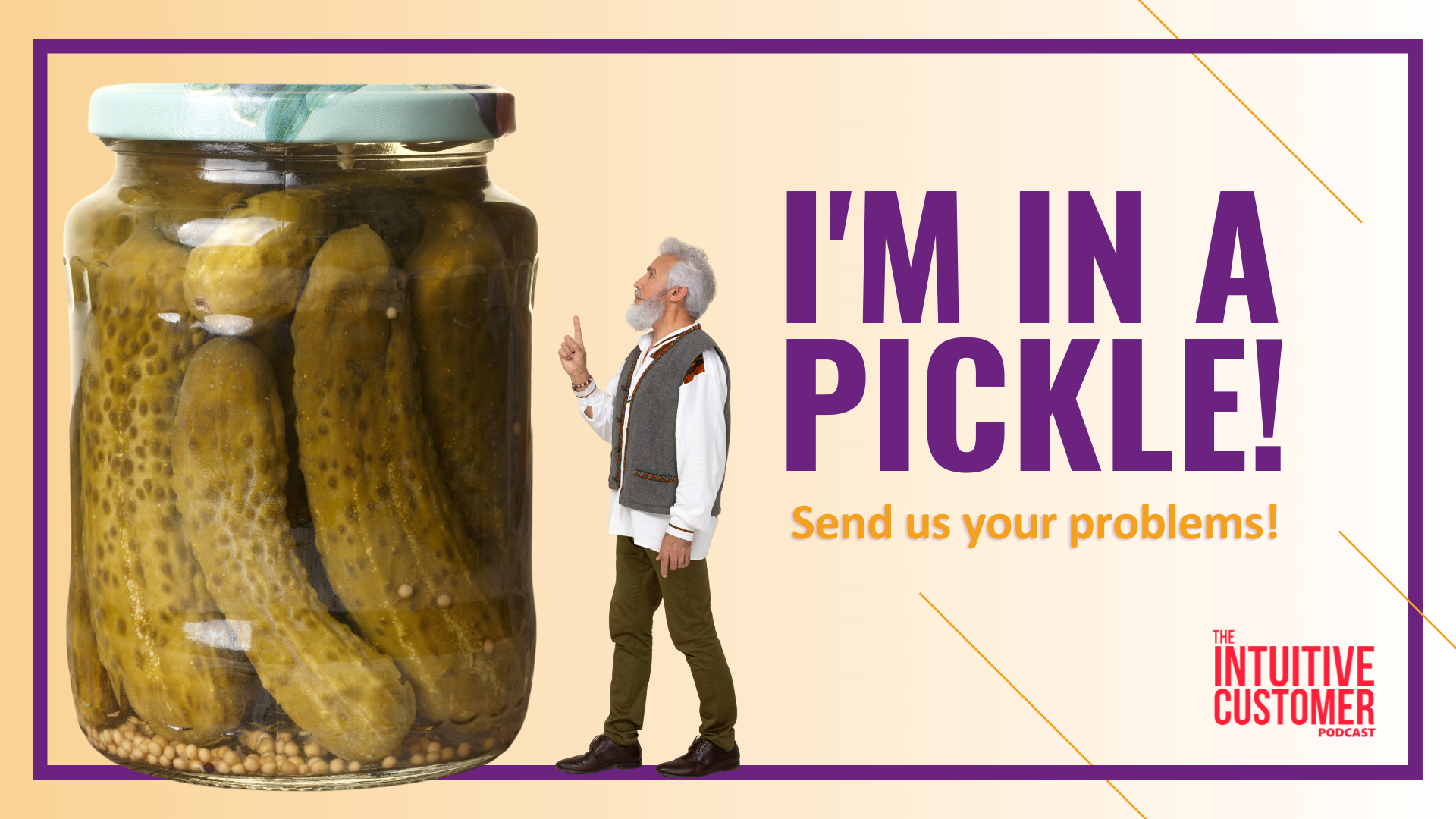The next wave of business change is Customer Science. Customer Science is the fusion of artificial intelligence (AI), customer data, and the concept of the behavioral sciences. However, if you miss this next new wave of change, you could be in danger of repeating the same mistakes you did last year and the year before that.
As the new wave of Customer Science comes in, the old tide of Customer Experience (CX) is receding. It’s not the first time a big idea’s time has come and gone. I have seen it before with other influential business concepts, like Total Quality Management, Business Re-engineering, and Customer Relationship Management (CRM). It was the CRM wave that receded in the early 2000s to make way for CX in the first place.
I am acutely familiar with the transition between CRM and CX because I was there. In some ways, I was riding the crest of CX, founding my global CX consultancy, Beyond Philosophy, twenty years ago and writing seven books on the subject over the past two decades.
I am using the wave metaphor, but what I mean is a change of focus. This change is inspired by a collective feeling that organizations have not yet taken advantage of an opportunity.
We have had these feelings before. Back in the 80s and 90s, there was a feeling that reliability was a business opportunity. Reliability was a problem then. Everyone my age can remember things breaking down all the time, like cars. Organizations also recognized that the Japanese companies were exceptionally skilled at getting quality right. From this opportunity, Total Quality Management became the focus of organizations worldwide.
We had a problem 20 years ago, too. Everybody started to talk about how organizations didn’t provide excellent experiences. Moreover, we also recognized that competitive differentiation meant that you needed to start improving the experience for people. At that point, Pine and Gilmore’s first book, The Experience Economy, came out. I read that book in 1998, and I never looked back.
However, it is essential to note that those waves of change did not disappear when the wave receded. Instead, they’ve been absorbed into business as usual. For example, CRM was the word of the day back at the turn of this century. CRM was on everybody’s lips; everybody was talking about and buying CRM systems. But then, that CRM wave receded, and CX’s wave came in.
However, if you now look at the growth of CRM over the last ten years, it has grown into a $69 billion a year industry.
In other words, CRM became business as usual for most organizations. I expect the same will be true for CX.
So, What Will Customer Science DO for Experiences?
 I explained that customer science is the fusion of those three parts. Another way to look at it is Customer Science is Machine Learning AI, which automatically uses various data sources to predict what a customer will do. For example, the AI can see that when a customer does this, they are likely to do that. So, you can predict what they’re going to do next without the customer even knowing it.
I explained that customer science is the fusion of those three parts. Another way to look at it is Customer Science is Machine Learning AI, which automatically uses various data sources to predict what a customer will do. For example, the AI can see that when a customer does this, they are likely to do that. So, you can predict what they’re going to do next without the customer even knowing it.
Perhaps most importantly, you can then provide them with an experience that is proactive for what they will want next. In other words, instead of waiting to respond, you’re anticipating customers’ needs. Over the next ten years, these proactive experiences will be essential in business.
The Cycle of Change
A recent guest on the podcast, David VanAmburg from the American Customer Satisfaction Institute (ACSI), shared some surprising statistics. First, we are near to the lowest point for customer satisfaction since the ACSI was formed in 1994. Second, between 2010 and 2019, only 30 percent of organizations tracked by ACSI improved their customer satisfaction scores. Moreover, these dismal results were during the peak of the CX movement, when people were focused on enhancing experiences.
During this discussion, it occurred to me that the disappointment I felt about the CX movement sounded familiar. I thought I had felt this way before.
I had. It was about CRM.
In 2002, Fred Reichheld, inventor of Net Promoter Score®[1], wrote in the Harvard Business Review, “Avoid the Four Perils of CRM.” I re-read this article with the disappointment with the CX movement results in mind and was gobsmacked by the similarity.
For example, according to the Gartner Group, Reichheld wrote 55 percent of all CRM projects do not produce results. Well, the ACSI just reported that 70 percent of businesses that may or may not have focused on CX did not produce an increase in customer satisfaction scores. Reichheld also wrote that according to Bain’s 2001 Survey of Management Tools, one in every five users reports that CRM initiatives not only fail to deliver profitable growth but damage long-term customer relationships. That happens all the time with CX programs, particularly when organizations roll them out without changing the customer culture to support them properly.
Another post about disappointing CRM results was “The Top 10 Reasons CRM Fails,” published on CustomerThink in 2017. The ten reasons included:
- Poor objectives
- Poor CRM strategy
- Scope creep
- User adoption
- Poor business process design
- Missing executive sponsorship
- Lack of systematic
- Lack of predictable project execution
- Lack of Continuous process improvement
As much as 60 percent of those things are the same reasons CX has produced less than optimal results of late, particularly the lack of executive sponsorship.
Even Salesforce, the largest CRM company in the world, got in the game with “Why Do CRM Projects Fail (And How to Fix Them).” Their reasons for CRMs shortcomings included lack of cross-functional coordination, no CRM business strategy, lack of process change and executive support, poor business representation on the team, and inappropriate IT investments.
Does that sound familiar to you? It does to me. The reasons CRM was depicted as failing are the same for CX today. History is repeating itself.
It comes down to change. Many of these problems are familiar because they are common when you want to change things. Everybody supports a new wave of change until you ask them to do something. Then, they act like they owe you money.
 People want to support the latest and greatest change as long as it doesn’t mean they have to do things differently. Unfortunately, that means that many changes for CRM ended up being on the periphery and didn’t really live in the organization. Then, people were shocked when they didn’t get the results they expected.
People want to support the latest and greatest change as long as it doesn’t mean they have to do things differently. Unfortunately, that means that many changes for CRM ended up being on the periphery and didn’t really live in the organization. Then, people were shocked when they didn’t get the results they expected.
I know that sounds familiar to a number of you.
What Does This Mean for the Future?
I don’t want to scare people. It’s not like I think all CX professionals will lose their jobs this year. Instead, CX will absorb into business as usual. CX will still be there, just in a different way. Moreover, this change will happen over the next two or three years as the CX wave recedes and Customer Science crests.
I hope that this information becomes a clarion call for people to focus on doing things to be part of the 30 percent that improve customer satisfaction rather than the 70 percent that don’t. I don’t want companies to freeze, put on blinders, and ignore the signs. To remain static is the worst thing you can do.
So, what else should you do? A few things.
 Recognize the significance of producing results. If you are part of the team that worked on what drives value and improved customer satisfaction, then your organization will carry on investing in you. If you are part of an organization that does not improve, they won’t. As a business owner myself, I’m not going to invest in something that doesn’t give me a return. Sure, I’ll give it a go for some time and underwrite it because I believe in it. But if it doesn’t produce results, I will stop.
Recognize the significance of producing results. If you are part of the team that worked on what drives value and improved customer satisfaction, then your organization will carry on investing in you. If you are part of an organization that does not improve, they won’t. As a business owner myself, I’m not going to invest in something that doesn’t give me a return. Sure, I’ll give it a go for some time and underwrite it because I believe in it. But if it doesn’t produce results, I will stop.
Get into AI. This technology is the future for proactive experiences. These experience types will drive value moving forward in customer strategy. My company is already into behavioral science and data in a much bigger way as an organization than we have done before.
Remember that you also should understand customer behavior. My company and other consultancies like mine understand a customer and their relationship with their experience. AI is run by IT, but what do they know about CX? There’s always the need for that interpretation of why customers do what they do.
Customer science is the next wave of change. It probably won’t happen for two or three years because it will take a bit of time to take hold. Nevertheless, people’s focus on the fusion between AI data and behavioral science grows stronger. Organizations should look into it in a lot more detail for 2022. Moreover, they should remember the past.
Winston Churchill once said, “Those that fail to learn from history are doomed to repeat it.” We see that CRM was considered a “failure” just as CX came into view. However, it grew by $56 billion over the next 20 years. What could that mean for CX? In other words, we are not abandoning CX, just making it part of business as usual in support of the next big thing in business.
If you have a business problem that you would like some help with, contact me on LinkedIn or submit your pickle here. We would be glad to hear from you and help you with your challenges.
 There you have it. No promotions, no gimmicks, just good information.
There you have it. No promotions, no gimmicks, just good information.
Think reading is for chumps? Try my podcast, The Intuitive Customer instead. We explore the many reasons why customers do what they do—and what you should do about it. Subscribe today right here.


